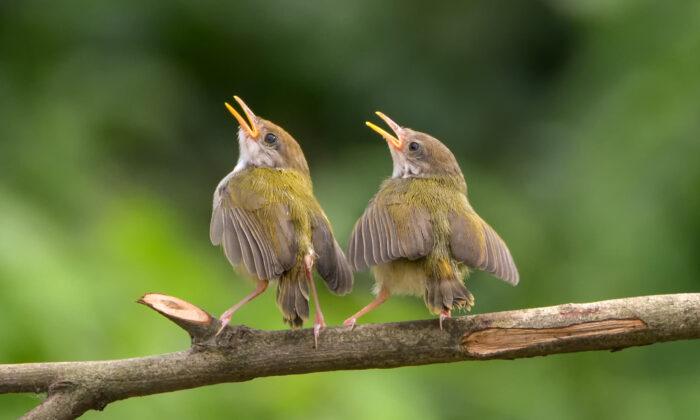Australia’s peak body for birds is asking for Australians to count birds in their backyards for a week in one of the country’s biggest citizen science events. The activity will help gather valuable information about the nation’s birdlife from backyards where ecologists usually wouldn’t be able to observe.
As well as helping ecologists track trends, it also gives people the chance to connect with their natural environment and gain a greater appreciation of our unique fauna, according to Birdlife Australia, the organiser of the event.
One can count as many times as desired over the week, with each count to be completed over a 20-minute period.
Originating in 2014, more than 108,000 people participated in 2020, and they counted more than 4.6 million birds.

Further, the data collected showed that despite last year being a year of storms, droughts, bushfires, and a pandemic, Australians were still able to spot an abundance of colourful and cheerful Rainbow lorikeets, which many took as a symbol of hope.
“Rainbow lorikeets finished on top of the list throughout Australia, with more than half a million counted,” Birdlife Australia’s National Public Affairs Manager and chief bird nerd Sean Dooley said in a media release.
It is thought that the transition from European-style cottage gardens to more native backyards in Australia may have contributed to the rise of lorikeets in suburbia. The ecologists said that those backyards “provide the perfect place for these nectar-loving birds to forage on the flowers of eucalypts, bottle-brushes and grevilleas to harvest nectar and pollen.”

However, scientists were worried about Australia’s Superb Fairy-wrens—crowned Australia’s favourite bird in 2021—because there had been a significant drop off in numbers in major cities over the past seven years of the bird count.
“In Melbourne and Perth, the reporting rates of fairy-wrens have almost halved over this time,” Dooley said.
“With fewer bushy gardens for these small birds to retreat to, we are losing them entirely from our cities.”
Dooley said the downward trend was potentially the rise of larger and more aggressive birds, particularly the noisy miner, “which can drive away smaller birds,” he added.

This year’s count though will determine if these trends are continuing and help the ecologists determine the reasons for the declines.
“With more counters taking part every year, the picture we are building becomes more accurate and reliable. More counters in rural areas will also allow us to compare how birds are faring in the city as compared to out in the bush and the rest of the country,” Dooley said.
To take part in the count, participants will spend 20 minutes in their favourite outdoor space, such as their backyard, a local park, or by the beach and record the birds that they see during that period.





